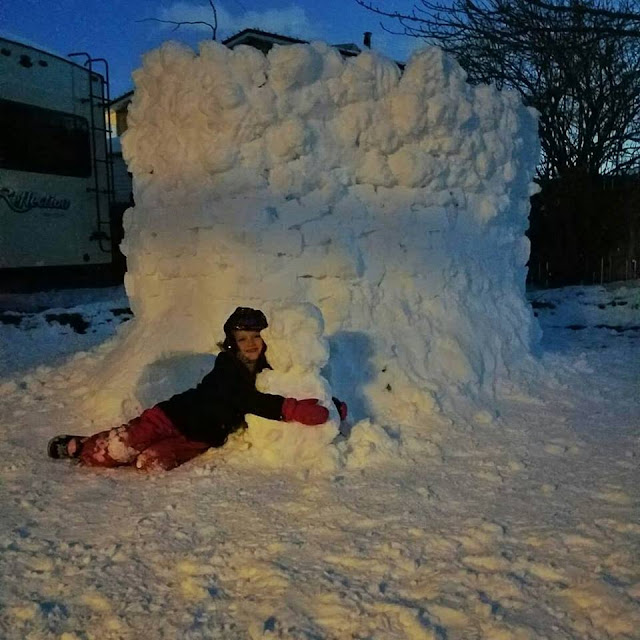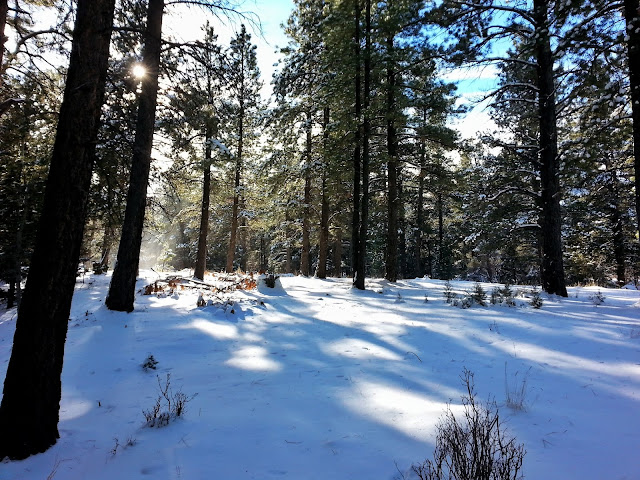Last week, I wrote about
snowshoeing for beginners. But if you've been renting them for a while, or know this is a sport you are going to love to do often, it's time to look into buying your own pair. Here are a few of my suggestions in moving forward in your snowshoe adventures.
BUYING SNOWSHOES
Hopefully, you've rented a few pairs first, and know what you'd like to buy. If not make sure to remember a few things.
To buy, you're looking at $100 - $300 or higher depending on the brand. Generally, most come as a package so you'll get the shoes, poles and a storage bag for them.
Generally, if you visit a store you'd think you would have a salesperson who would know exactly how to help you. While we'd like to think this is true, generally the person working there is a high school or college student who may never have done it before. So here are a few tips and suggestions to make sure you are purchasing the right pair.
One thing to know is there are basically 3 different types of snowshoes. Regular hiking, backcountry hiking, and aerobic or shoes for running. Now within these 3 types, there are lots and lots of options and brands.
TIP: Snowshoes will work with nearly every boot. You don't need to buy a special boot unless you want to. Any good waterproof boot will work great! I say use your waterproof hiking boots your feet are already used to and comfortable in.
Don't just buy the shoe for your current weight.
Remember, you'll be carrying water, a backpack with gear for a day. So think about the maximum weight you may be carrying and make sure to buy a shoe for that weight, not just your standing in a towel on the scale weight.
Buy a snowshoe with a deck for what you plan to venture into.
Longer the deck, the better for deeper snow. Shorter the deck, easier to move around and great for more packed in snow.
Buy traction for what you plan to do. If you don't venture out and do much climbing around minimal traction may work great for you. But if you plan to hit up icy areas, do some climbing, you'll want more traction. Also, consider heel lifts if you plan to do lots of climbing to make the climbs feel more natural.
Poles
Generally, they'll come with your purchase. But you will want poles with large baskets on them.
OTHER GEAR TO BUY OR BRING
I don't recommend going into the backcountry when you are first learning about snowshoeing, because there is a lot more to consider. But once you get going with the sport, it might be your next step.
So, if you do go into the backcountry plan ahead!
* Know your route and what the terrain is under the snow.
* Check avalanche danger reports for the area your going into.
* Make sure you have an avalanche beacon and shovel.
If you go into the backcountry it's recommended EVERYONE in your snowshoe party carry a beacon and light shovel in their back, just in case. A beacon can be expensive, but it could save your life, and you might find yours or someone else's life worth the price! If you can't afford a beacon, stick to the trails and avoid the backcountry until you can purchase one.
The list could be different depending on your hike. In general here is a quick list of items to consider.
* Avalanche Beacon
* Light folding shovel
* Waterproof boots
* Waterproof breathable jacket
* Waterproof breathable pants
* Parka, coat, or vest
* Fleece pants
* Hat (Wool or Fleece)
* Buff or Face Cover
* Goggles
* Sled (For gear, or for going downhill LOL)
* Chapstick
* Sunscreen
* Backpack to put your gear in
* Wool socks - Never cotton
* Gaitors to help keep snow out of your boots in deeper snow
If you're going into the backcountry for longer distances you should always plan ahead in case you run into troubles.
* First aid kit
* Matches
* Foil blanket
* Extra food, water
* Extra clothes (in case what your wearing gets wet)
* Headlamp or flashlight
TIP: Stay dry!!! Dress in layers, you will find you will get warm pretty quick and you will want to be able to reduce your layers easily when you start sweating.
You'll frequently find if you are out all day, you may be in and out of several of your layers depending on when you warm up, wind chills and other factors.
BE PREPARED
Chances are you'll be fine. But avalanches are only one danger to be aware of when snowshoeing if you go into the backcountry here are a few (not all) of the things you should think about.
* Slips and falls through frozen water
* Frostbite
* Know how to build a snow cave
* Be mindful of weather conditions and oncoming storms
* Navigation, GPS, Maps - Know where you are going and how to get out.
* Deep snow - Be prepared even in snowshoes to have to plow through several feet
* Snow or air pockets you may fall through
* Understand your limitations - You may be used to hiking 10 miles, but there is no shame at cutting back for 1-3 miles if you're struggling in the snow.
*
Never go alone - Always tell someone when you're expected to be done and where you are going. Don't venture too far from you're planned route that you told someone who wasn't going with you where you were going. In case something happens you'll have a better chance of being found if you're where you said you'd be! You can always go down a new route next time!
CONCLUSION
This post could be a lot longer, but I wanted to keep it informative and still readable. I highly recommend researching the sport more if you plan to get into backcountry snowshoeing.
Use common sense! It's also wise to remember your preparation and how you act in the outdoors is important. If you do get into trouble and rescue has to come and get you, while it is their job and most do it because they enjoy helping others, your carelessness may put them or others in your hiking party in danger.
Snowshoeing is a really fun sport and if you pay attention and plan ahead it's also a very safe sport.
However, the snow can cover hidden dangers, because of that it is always wise to be prepared.
Additionally, if you really love the sport, consider taking it to another level and entering a snowshoe race!
Happy snowshoeing my friends, be safe!































































